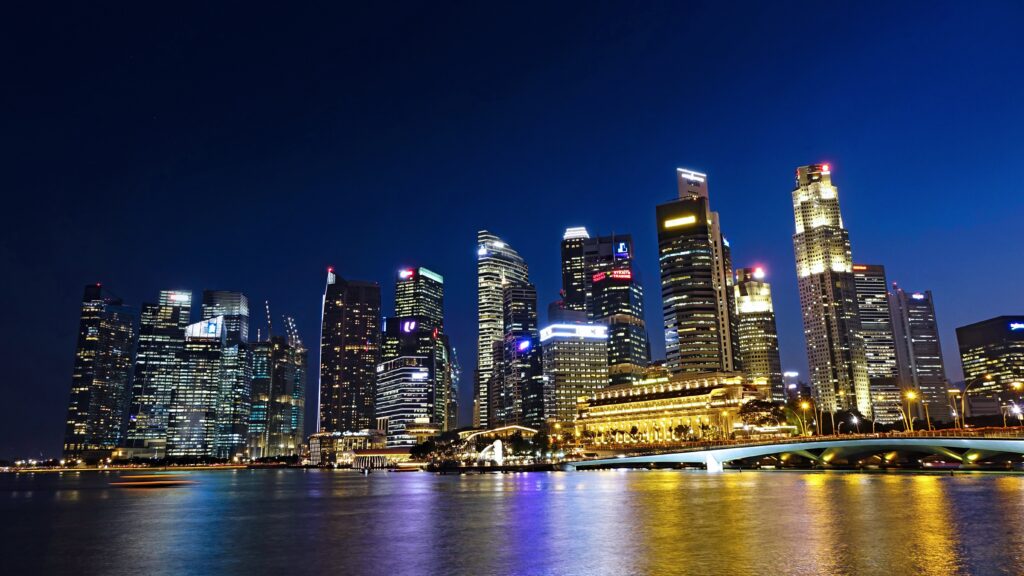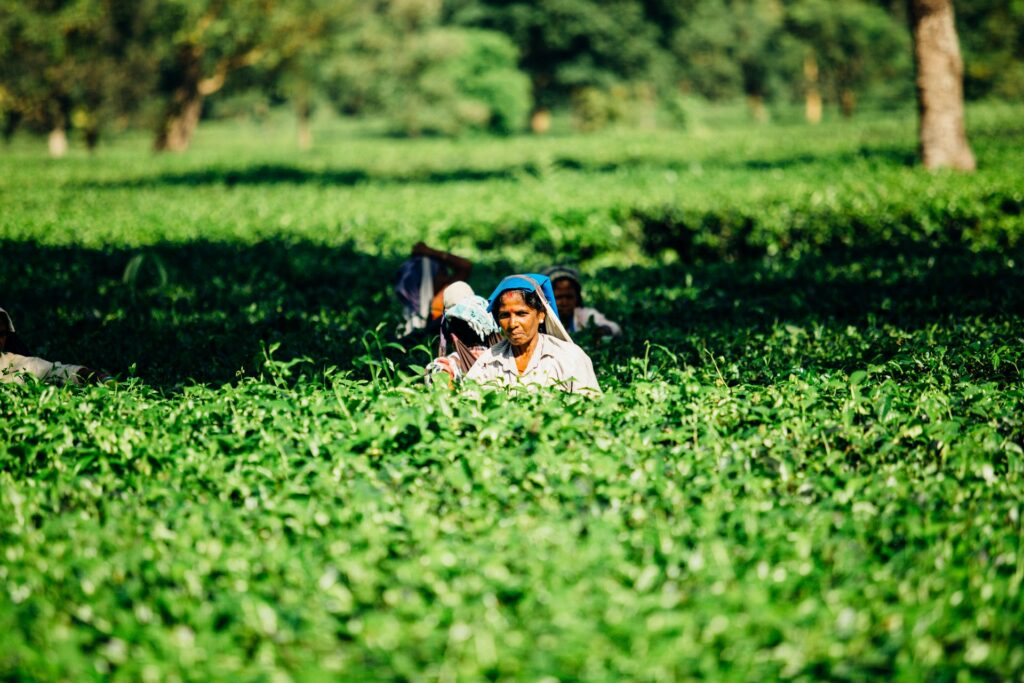Beyond the Forecast: Insights on the Travel & Tourism Industry

By Michael Shoory, Lead Economist – APAC at Tourism Economics (an Oxford Economics company)
The travel recovery is underway globally—2022 is the year where tourism has restarted in earnest. There are still factors at play that are a drag on the travel recovery and introduce risks to the outlook, but overall things have mostly restarted after the disruption of the pandemic. The pace of recovery will vary for different types of travel—domestic tourism, globally, is expected to recover 2019 volumes this year, and international travel in 2025.
Global Macroeconomic Outlook
The global macroeconomic environment is a key factor underlying travel flows and providing risks (both upside and downside) to the outlook for tourism. While there is uncertainty in the global economy, our current expectations is that a global recession should be avoided.
Inflation is the key talking point in the global economy at the moment. Oxford Economics’ forecasts for global GDP growth and inflation for 2022 have changed dramatically from the middle of last year. Our expectations for inflation began to pick up late last year, and we revised our forecasts higher, alongside the recovery of global demand and a squeeze on supply (including labour shortages). But the war in Ukraine has added significantly to those inflation expectations since the start of this year. Alongside that, expectations for GDP growth have weakened.
Energy prices have been one of the main drivers of inflation, in conjunction with labour shortages and tightened supply of certain goods. Oil prices spiked have spiked, but our expectations are for them to come down gradually into 2023. This spiking will likely lead to higher air fares, and on longer routes in particular this could deter some trips. Higher inflation more broadly could erode income and the expected consumer-lead economic recovery.
These inflationary pressures are certainly a headwind for the travel outlook. However, because there is a lot of pent-up demand from two years of minimal travel, the impact of higher air fares on travel decisions is smaller than would have been the case in previous inflationary periods. In other words, individuals are so eager to travel; they are likely to accept higher prices—provided they can afford it.
When it comes to affordability, the inflationary impact is offset somewhat by the high level of savings accumulated by many consumers during the past two years, especially in advanced economies. So while real disposable incomes have been squeezed by inflation, the savings built up among households in advanced economics provide a buffer of sorts against the impact of inflation on travel spending decisions.
Tourism Outlook
An overarching theme when looking at the tourism outlook is that domestic travel is expected to recover more quickly than international travel. This is because domestic travel is on average cheaper, possible via a larger variety of transport options, and more familiar for travellers—whom we expect, at least to start with, to prefer destinations they know well and perceive as safe.
However, within international travel we also expect travel of different distances—or hauls—to recover at different paces.
Short-haul travel—between countries within the same sub-region, such as within Northeast Asia (e.g. from Japan to Korea) or Southeast Asia (Malaysia to Singapore)—is expected to recover soonest in the near-term.
This relatively fast pace of recovery is driven by the similar factors that lead to domestic travel recovering quicker than international. Short-haul travel is typically cheaper, there is less uncertainty about transport routes, and travel between neighbouring countries is more familiar and perceived as safer by travellers.

Medium-haul travel (between sub-regions, such as from Southeast Asia to Oceania) and long-haul travel (between different major regions, such as Asia and Europe) will recover much later, due to higher costs and greater uncertainty around transport options for these trips.
Ultimately it is worth considering the outlook for travel of different hauls, as well as the domestic and international share of travel, because the composition of source markets is a key factor when looking at the recovery for destinations.
It is also useful to think about aggregate tourism for destinations—that is, international and domestic combined—because that is a key factor for the health of a tourism industry in a country. Using this metric of aggregate visitors, tourism is expected to recover more quickly in the Asia-Pacific region than is the case globally. The key reason for this is that domestic travel makes up a larger share of aggregate tourism in APAC than is the case globally—79% of visitors in APAC in 2019 were domestic, compared to 69% for the world in aggregate—and this share has increased as a result of the pandemic.

Domestic and International Travel
Domestic travel in APAC is expected to recover more quickly than globally. This is partly because international travel among APAC residents has taken longer to restart—due to tighter restrictions on travel across borders—so there is some substitution from international travel to domestic among APAC residents. The strong outlook for domestic travel in later years also reflects demographic and economic factors—a growing population and propensity to travel will drive domestic travel in the region.
On the flipside, international arrivals—or inbound travel—to APAC is expected to recover later than globally in the near-term. The recovery of international visitor volumes is expected in 2025, and APAC at a moderate pace in the years leading up to that. This is partly due to the later restart of international travel for APAC countries (driven largely by tighter restrictions on movements across borders). However, by 2025 and in later years the pace of recovery for inbound travel is stronger in APAC than globally.
Another key reason that hinders the inbound recovery of APAC is the region relies less on short-haul travel than some other regions, such as Europe and North America. And because short-haul travel is expected to recover first, destinations that rely more on this type of travel will recover at a quicker pace.
The outlook for aggregate travel (domestic and international combined) is also worth considering for individual countries. Among destination countries in APAC, nearly every country fails to recover 2019 visitor volumes in 2022. But there is significant variation across countries, with China, Japan, Australia and Indonesia having the strongest near-term outlooks.

A key factor driving the variation across destinations’ recovery is the share of domestic travel: a higher share of domestic travel will drive a quicker near-term recovery. The contribution of domestic travel to overall travel recovery (relative to 2019) is positive for almost all destinations, meaning that we expect domestic travel to recover 2019 volumes this those markets. By contrast, the contribution of international tourism to the aggregate is negative for all countries. In addition, destinations with the weakest outlooks are typically driven by international tourism, given these countries rely heavily on inbound visitors (and as such, their recoveries will take longer). On the other hand, countries like China, Japan and Australia have large domestic markets, and as such will see faster recoveries.
By 2024 it is a slightly different story. There is less variation across countries, and almost all destinations have recovered 2019 visitor volumes. Some countries that rely heavily on international tourists still have relatively weak outlooks, and those with large domestic markets have stronger recovery profiles. But there is less of clear role from domestic tourism, given inbound volumes have had more time to recover.
Beyond these baseline expectations, one area of significant uncertainty for tourism in the APAC region is the reopening of China to inbound and outbound travel. This reopening has been delayed for some time as outbreaks of COVID-19 have continued to lead authorities in China to impose harsh lockdowns and maintain restrictions on inbound travel (and as a result, outbound travel by residents who face restrictions upon returning home). Our current expectation is for China to ease border restrictions late this year or early next year, after the Party Congress in November, though there is a chance this could be later.
The impact and uncertainty of China remaining closed is significant given China’s key role as a source market for destinations. Globally, many destinations are heavily exposed to China and risks around disruption to Chinese travel—China had grown to be the largest global source market in terms of international spending in 2019, with 12% of all international tourism spending. However, this exposure is especially large for the APAC region, with China having accounted for one-quarter of inbound travel to APAC in 2019. Northeast and Southeast Asia are especially reliant on China as a source market.

Within APAC several destinations are very highly exposed to Chinese travellers. Aside from Hong Kong and Macao (which share a unique relationship with China) the 19 destinations most reliant on China are all in the APAC region—ranging from South Korea, for whom China accounted for around one-third of inbound visitors in 2019, to 10% for New Zealand. The only country in the top 20 outside of APAC is Switzerland.
Notwithstanding the risks posed to destinations from China remaining closed and from global inflationary pressures, a tentative recovery of global tourism is underway. This reflects a consumer-led economic recovery, with robust pent-up demand after two years of limited travel and excess savings having built up. Domestic travel will recover first, followed by short-haul international tourism. So the composition of a destination’s travellers will be important for the pace of recovery. For APAC, the overall recovery will be supported by the large domestic market, and inbound will recover later than some other regions in the near-term.






Responses